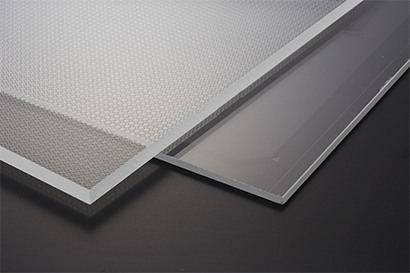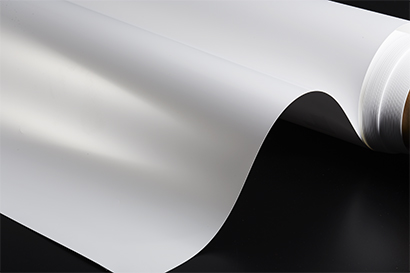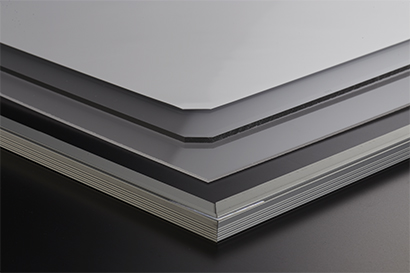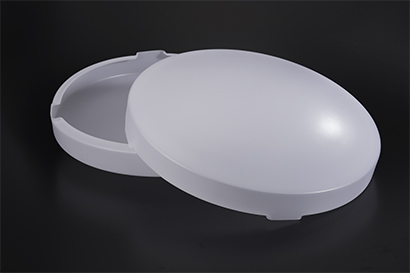Panel Light Application
Flat panel lights, as a new type of lighting fixture, are widely used in various settings such as commercial spaces, offices, and homes due to their slim profile, uniform light output, and energy efficiency. With the development of LED technology, flat panel lights are gradually replacing traditional fixtures and becoming a mainstream choice in modern lighting design.
Slim Design
Flat panel lights feature an ultra-thin structure, typically installed flush with or recessed into the ceiling, creating a clean and stylish lighting effect. This design is particularly suitable for modern interior decor, seamlessly integrating into both commercial and residential environments.
Uniform Light Output
The light source of flat panel lights is usually LED, which utilizes light guide plate technology to evenly distribute light across the surface of the fixture, thereby avoiding glare commonly produced by traditional lighting. This soft light is especially suitable for environments that require extended periods of illumination, such as offices, schools, and healthcare facilities, effectively reducing visual fatigue and enhancing comfort in both work and living spaces.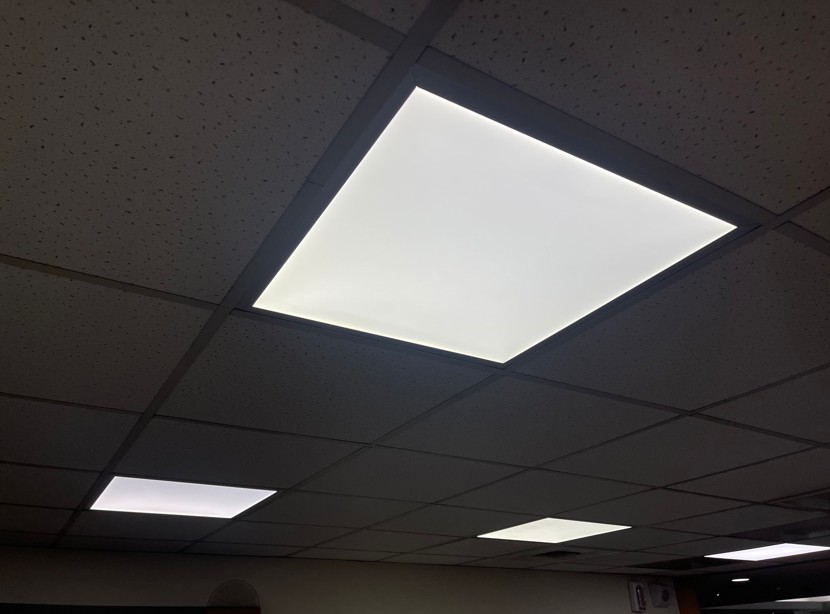
Energy Efficiency and Environmental Friendliness
Thanks to the application of LED technology, flat panel lights offer the advantages of low energy consumption and high brightness, along with a long lifespan. Compared to traditional fluorescent or incandescent lamps, flat panel lights significantly reduce power usage, with a lifespan exceeding 50,000 hours. This results in lower frequency and cost of fixture replacements. Additionally, LED lights do not contain harmful substances like mercury, making them more environmentally friendly.
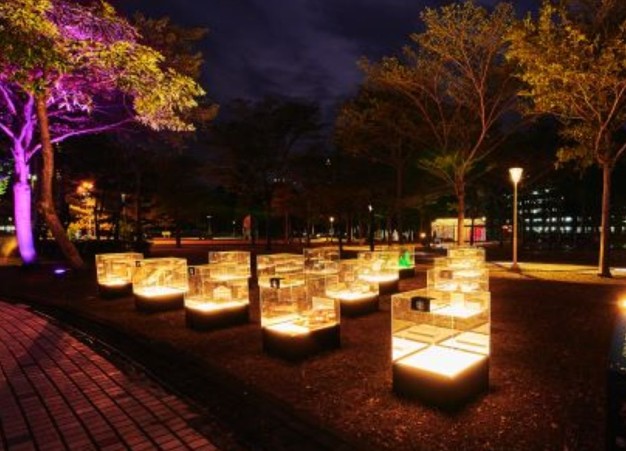
Future Development Trends
With the further development of smart home technology, flat panel lights will evolve from being mere lighting fixtures to becoming integral parts of intelligent lighting systems. Smart flat panel lights will be able to be remotely controlled via mobile applications or voice assistants, allowing users to adjust brightness, change light colors, and set timers, thereby providing a more personalized lighting experience. Furthermore, with advancements in technology, the energy efficiency of flat panel lights is expected to improve even further, making them more energy-saving and extending their lifespan in the future.
Related FAQ
Introduction to LED diffuser sheet
Related Applications
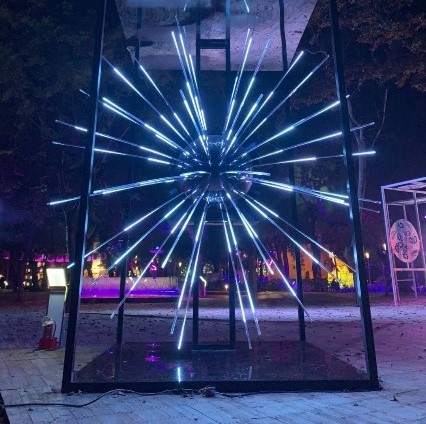

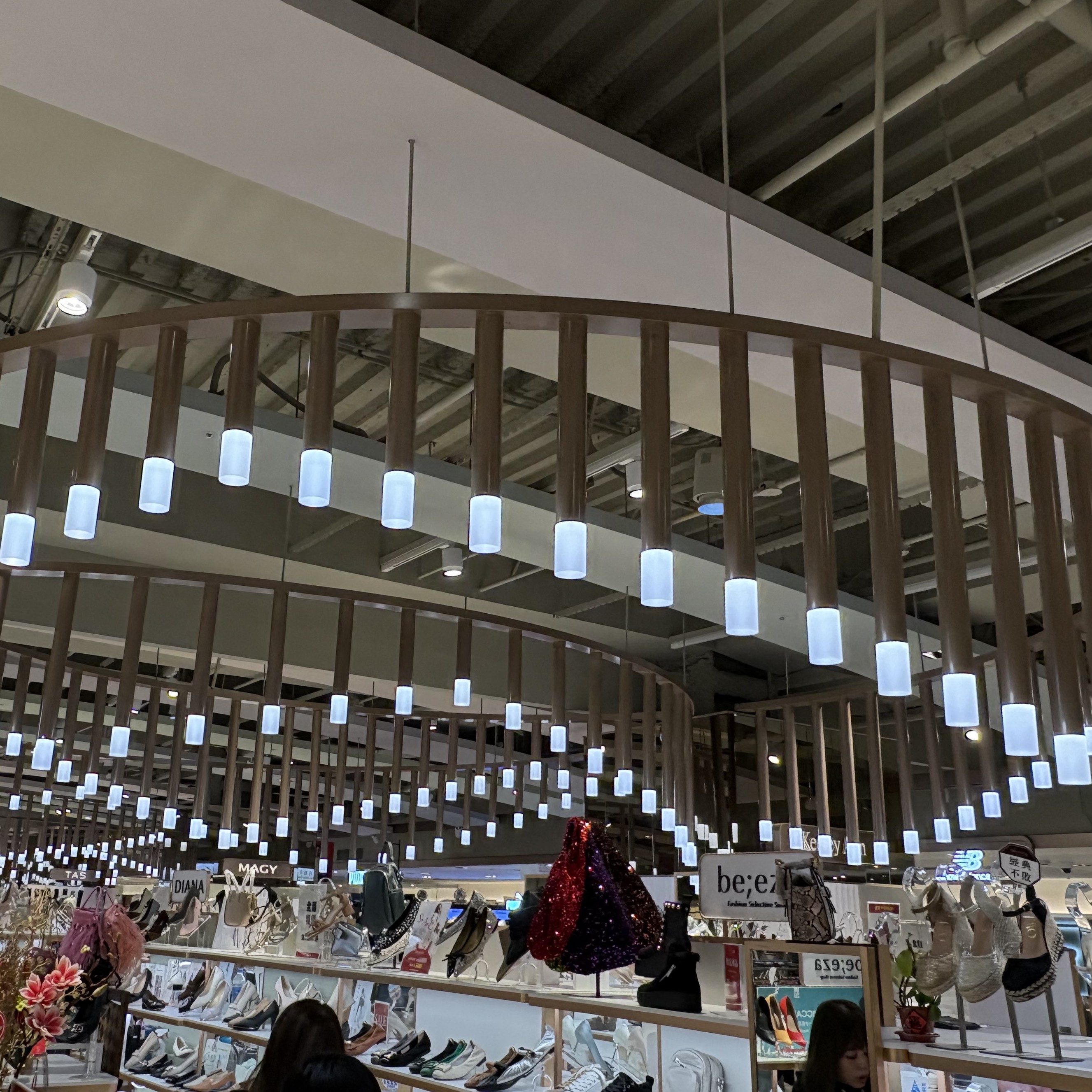
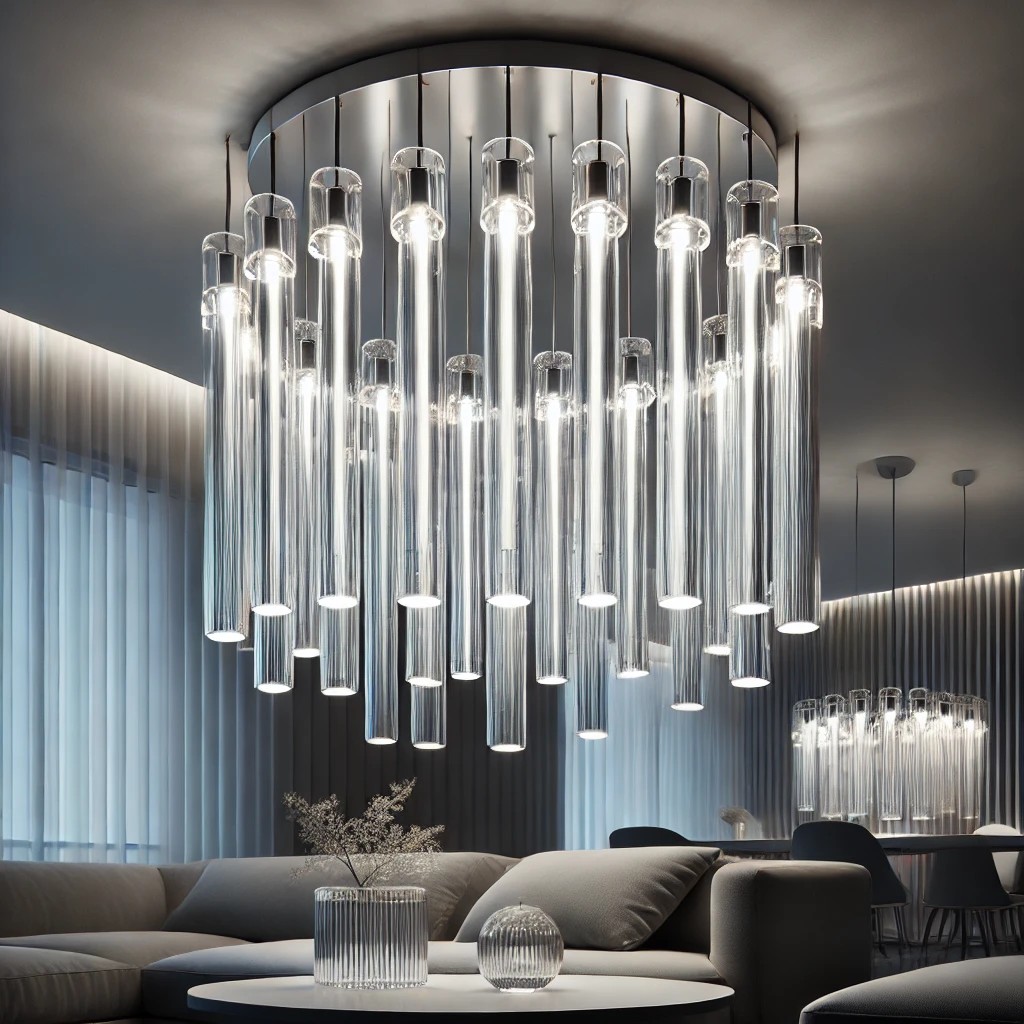
.jpg)
.jpg)
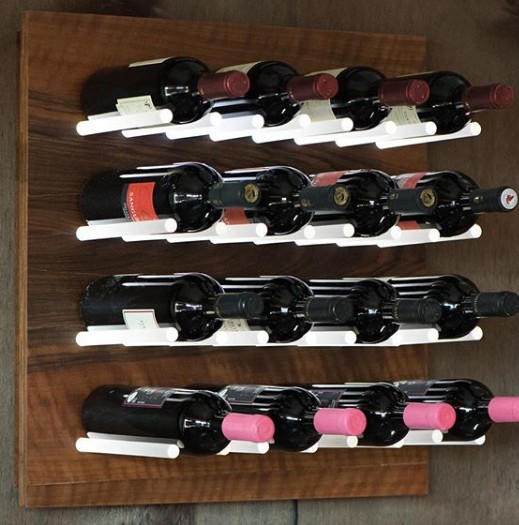
-1.jpg)

